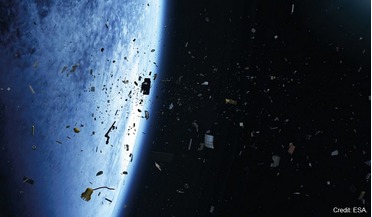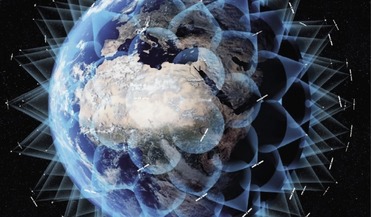 March 2016
Space debris conundrum for international law makers
March 2016
Space debris conundrum for international law makers
...? Technical definitions used by scientists and engineers, as well as in the technical and non-binding Space Debris Mitigation Guidelines [3] of the United Nations Committee on the Peaceful Uses of Outer Space (UN COPUOS) focus unvaryingly on the...
 October 2015
Down to Earth: how to deorbit satellites and save money
October 2015
Down to Earth: how to deorbit satellites and save money
... variation during the decommissioning phase can greatly affect the chances of success for the re-entry manoeuvre. Debris mitigation and avoidance regulations are steadily becoming more restrictive. So far, all of the most exploited regions of orbital...
 June 2015
The new space ethics: COSPAR, Planetary Protection and beyond
June 2015
The new space ethics: COSPAR, Planetary Protection and beyond
..., been restricted to the non-binding, voluntary codes described above in respect of planetary protection and space debris mitigation. The dangers inherent in relying on voluntary codes to protect ethical values are clear. Without a legally binding...
 August 2021
Collision avoidance – time for agreement on space sustainability
August 2021
Collision avoidance – time for agreement on space sustainability
... develop as both technology and cooperative mechanisms evolve. One only has to look at the success of the UN Debris Mitigation Guidelines to see how broad international acceptance can lead to a genuine shift in normative behaviours of space actors...
 June 2022
Space activities and space debris - finding an ethical balance
June 2022
Space activities and space debris - finding an ethical balance
... – nor on commercial organisations and the need for them to develop sustainable business models that support space debris mitigation from the earliest stages of mission design. Instead, the focal point must be on the challenges and opportunities...
 April 2025
Space sustainability and the role of space situational awareness
April 2025
Space sustainability and the role of space situational awareness
... law as well. Also, technological issues and high costs prevent certain nations from incorporating space debris mitigation guidelines into their national legislation – as encouraged by the Committee on the Peaceful Uses of Outer Space (COPUOS...